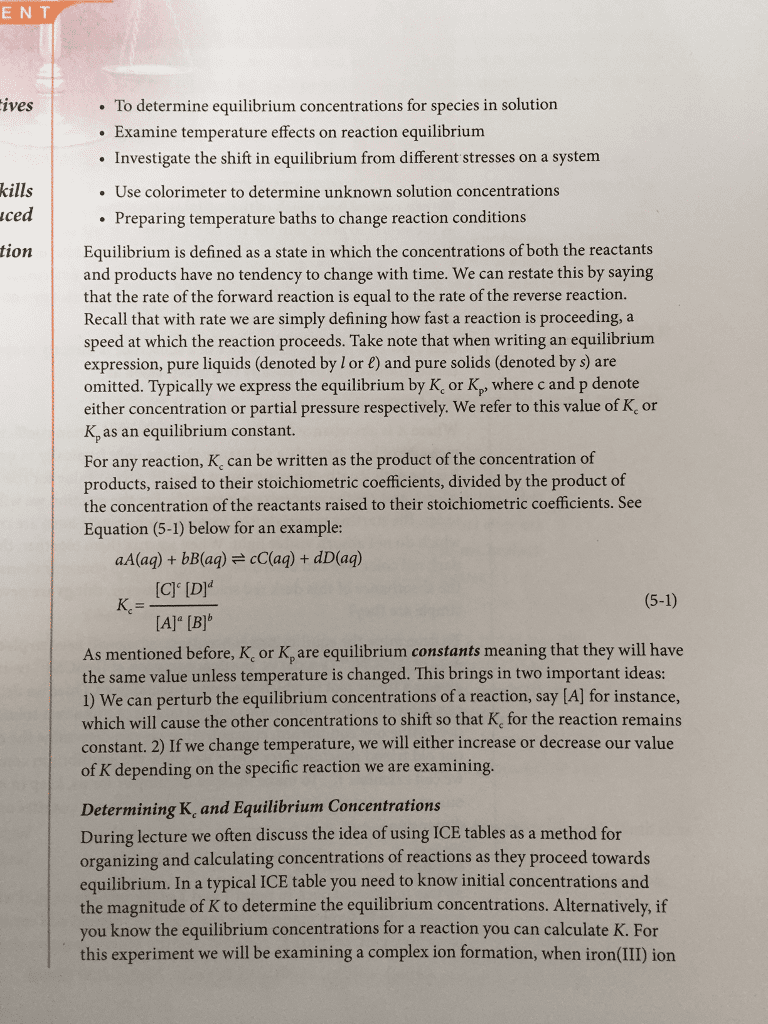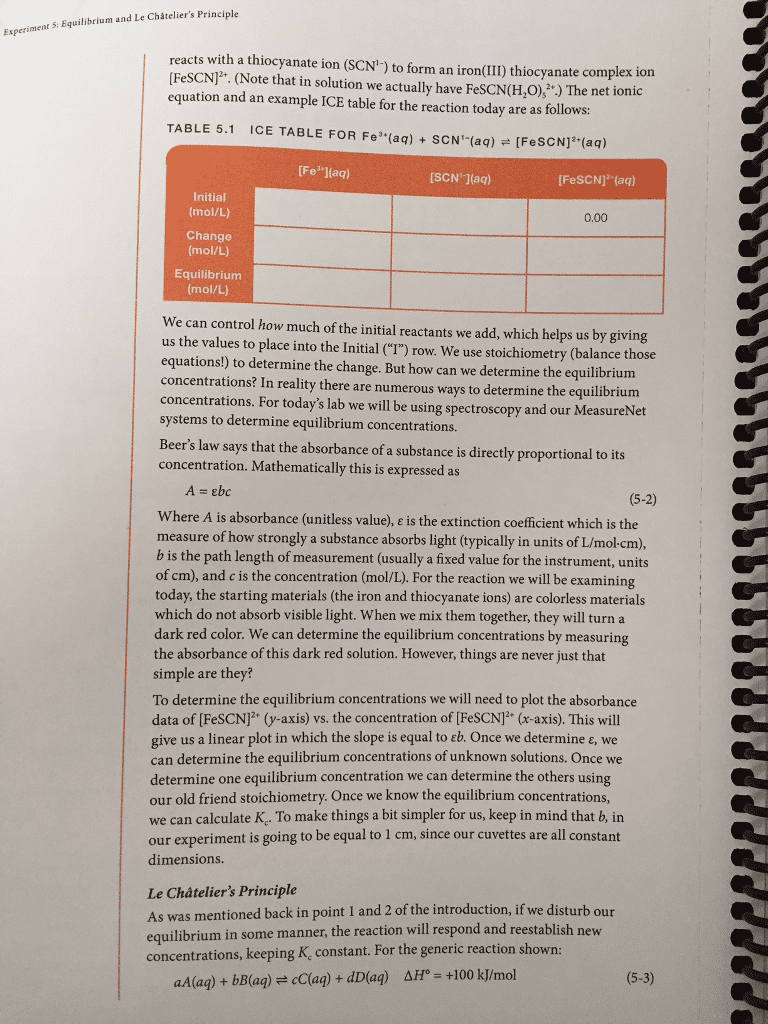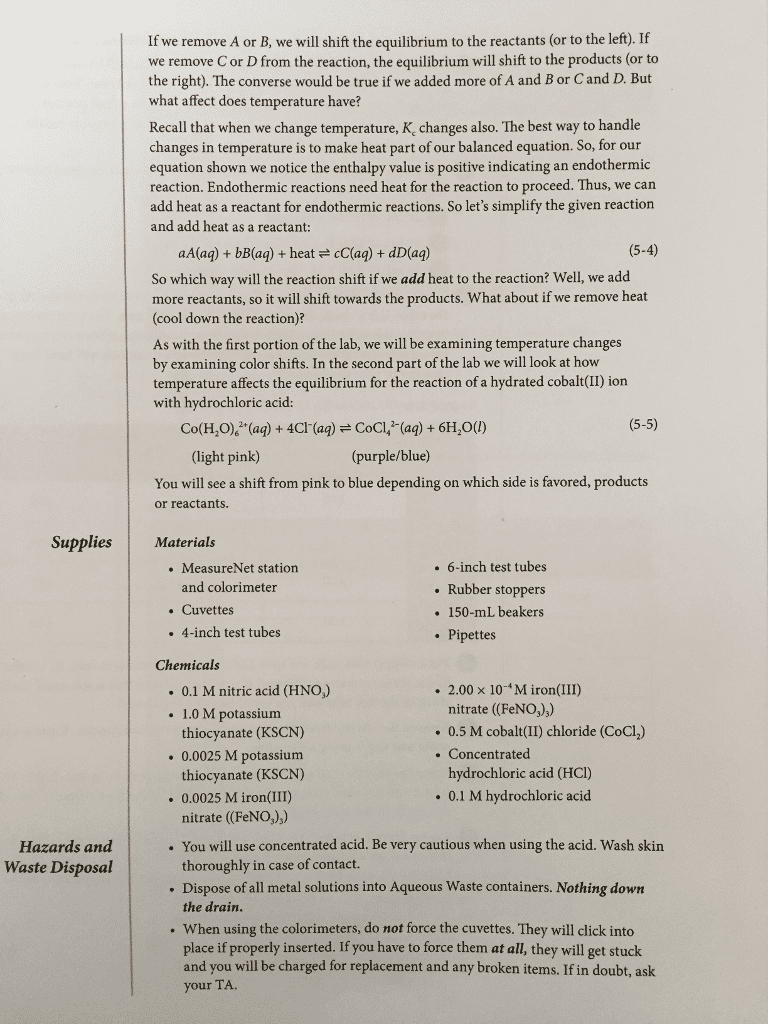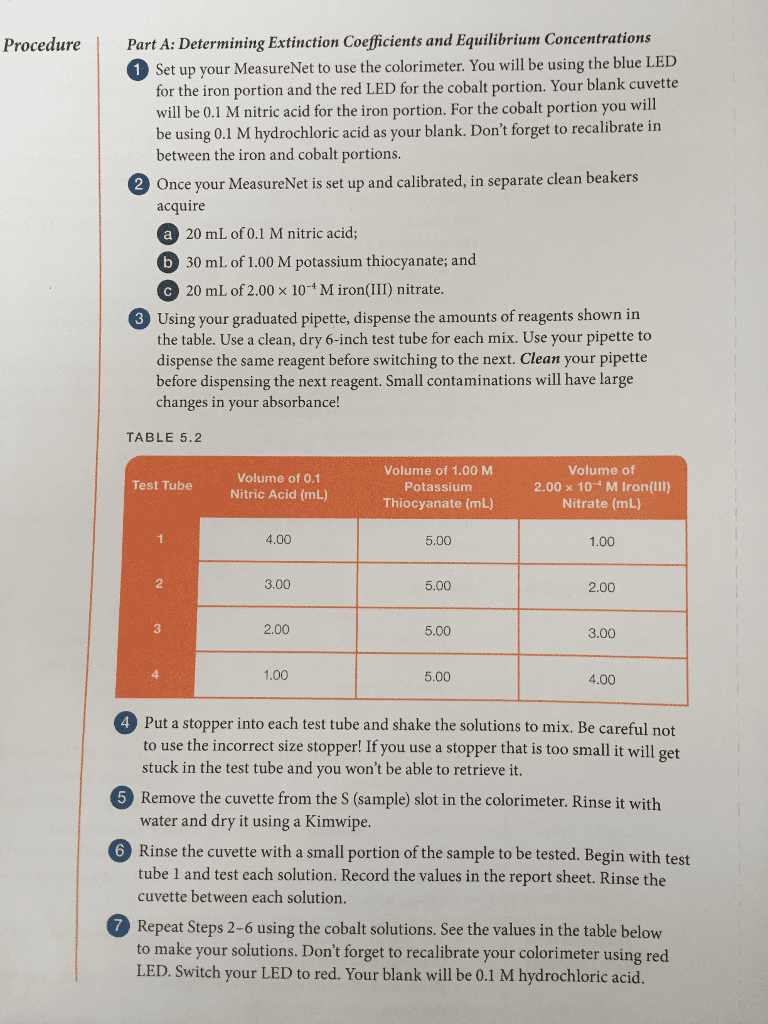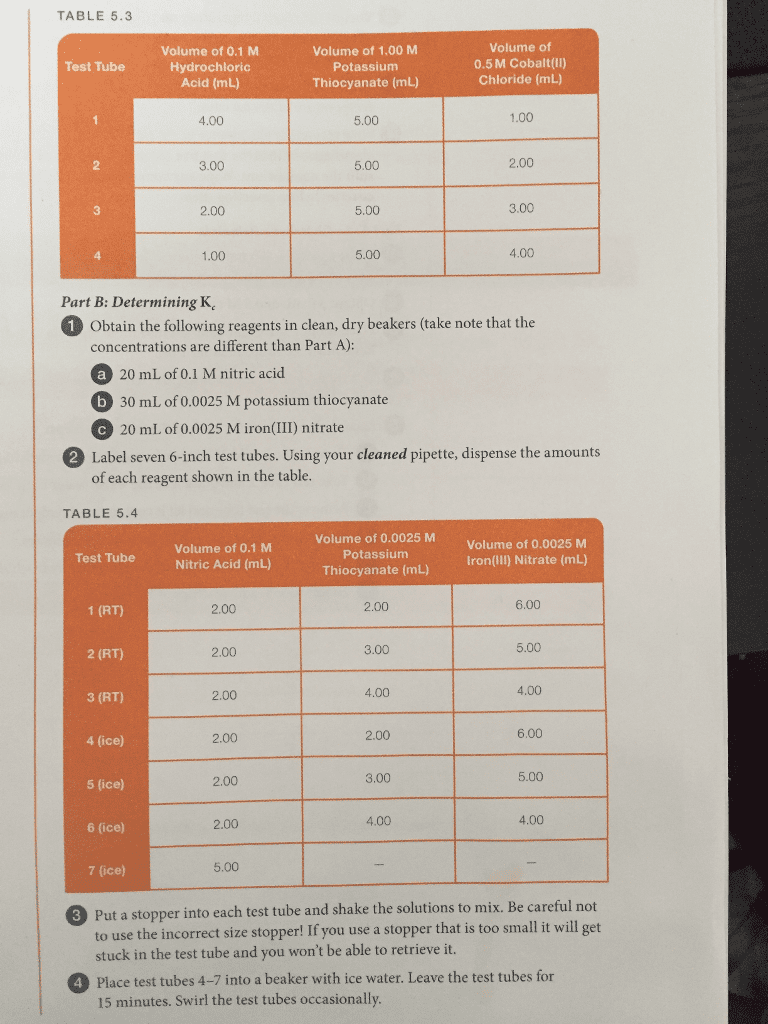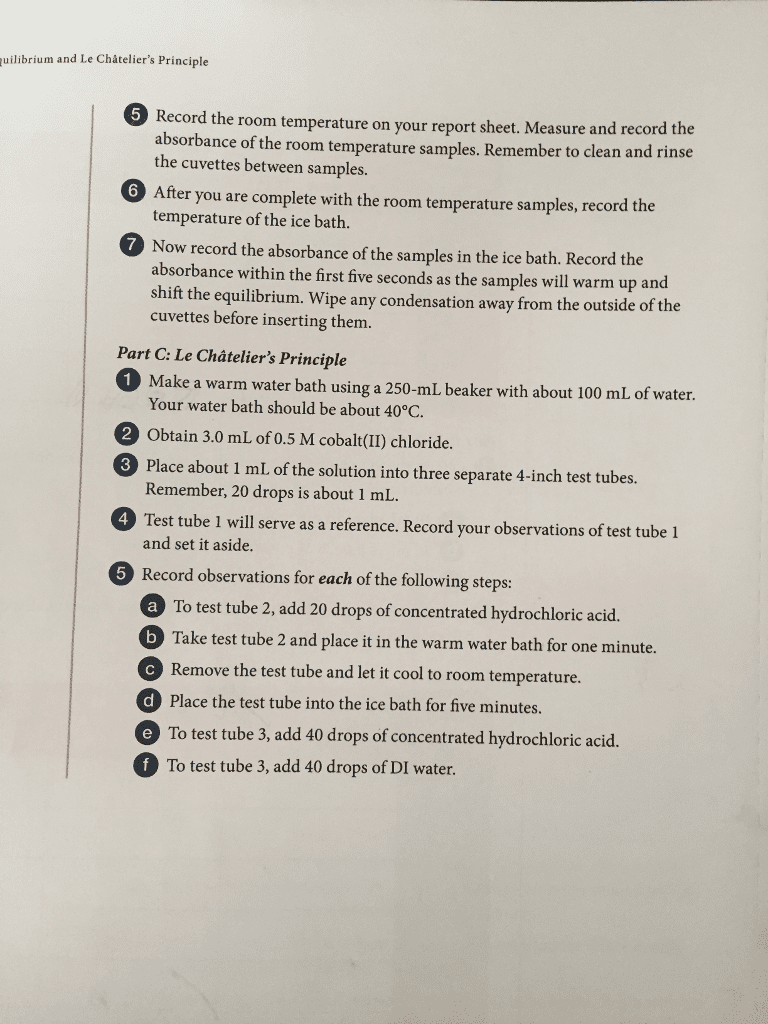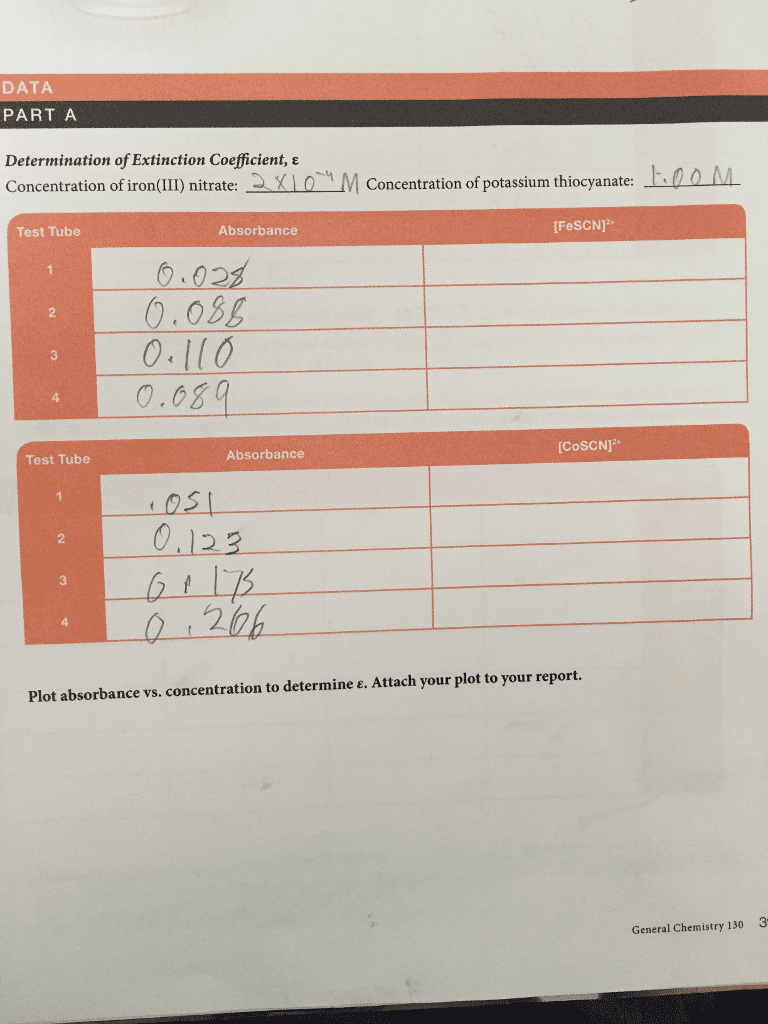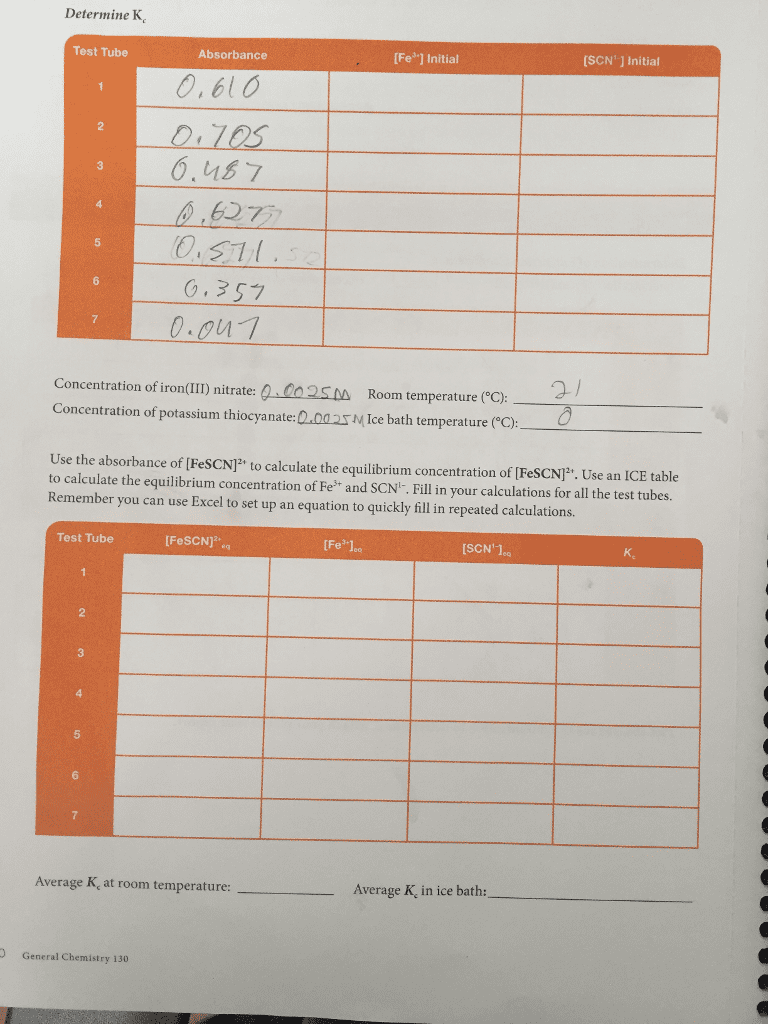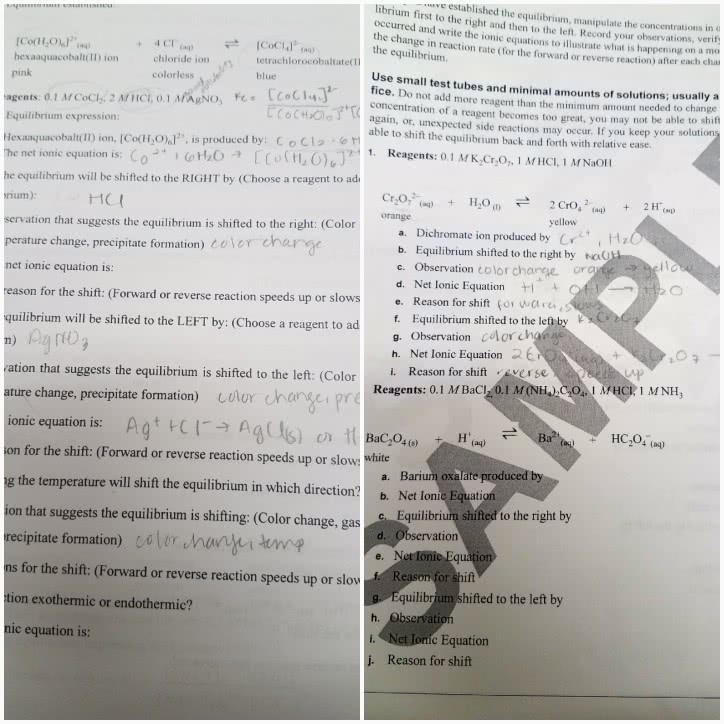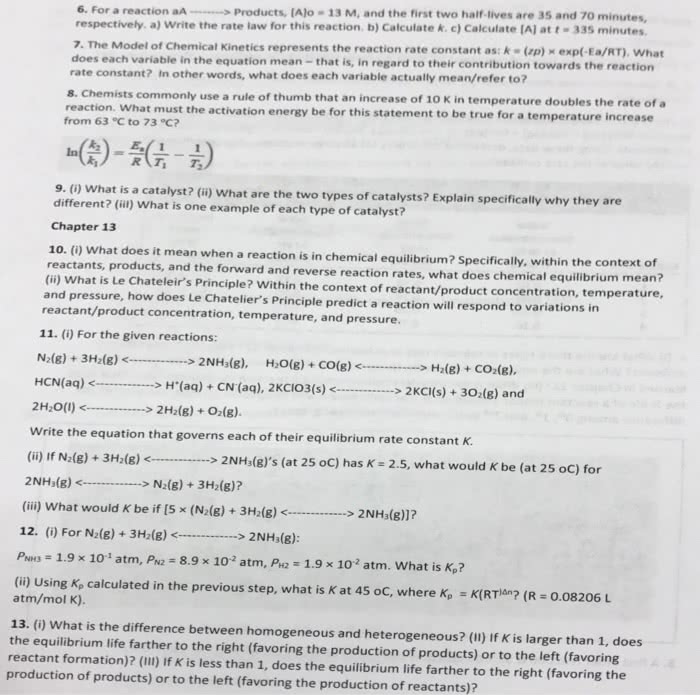CHM 1311 Lecture 6: Chemistry Lecture #6
36 views10 pages
3 Nov 2016
School
Department
Course
Professor
Document Summary
The concentration of reagent and products does not change. Dynamic chemical equilibrium (the k i have drawn is a small k, but i used big, because the d and p need to look small compared to it) The formation of dinitrogen tetroxide from nitrogen dioxide: We can consider this reaction a dynamic" equilibrium: The rates of the forward and reverse chemical reactions are equal. How can we visualize a dynamic" equilibrium? kp = rate of product formation. The rate of the forward and reverse chemical reactions are equal at equilibrium. Rate product formation = (rate constant) x [reagent(s) req. for product]^stoich. coef cient. How to express the rate of a dynamic chemical equilibrium: Dynamic chemical equilibrium can be characterized by the elementary components in the reaction: At equilibrium, we know that kp = kd. If we know that the rate of the forward (production formation) reaction is equal to the rate of the reverse (product decomposition) reaction, then:
Get access
Grade+20% off
$8 USD/m$10 USD/m
Billed $96 USD annually

Homework Help
Study Guides
Textbook Solutions
Class Notes
Textbook Notes
Booster Class
40 Verified Answers
Class+
$8 USD/m
Billed $96 USD annually

Homework Help
Study Guides
Textbook Solutions
Class Notes
Textbook Notes
Booster Class
30 Verified Answers
